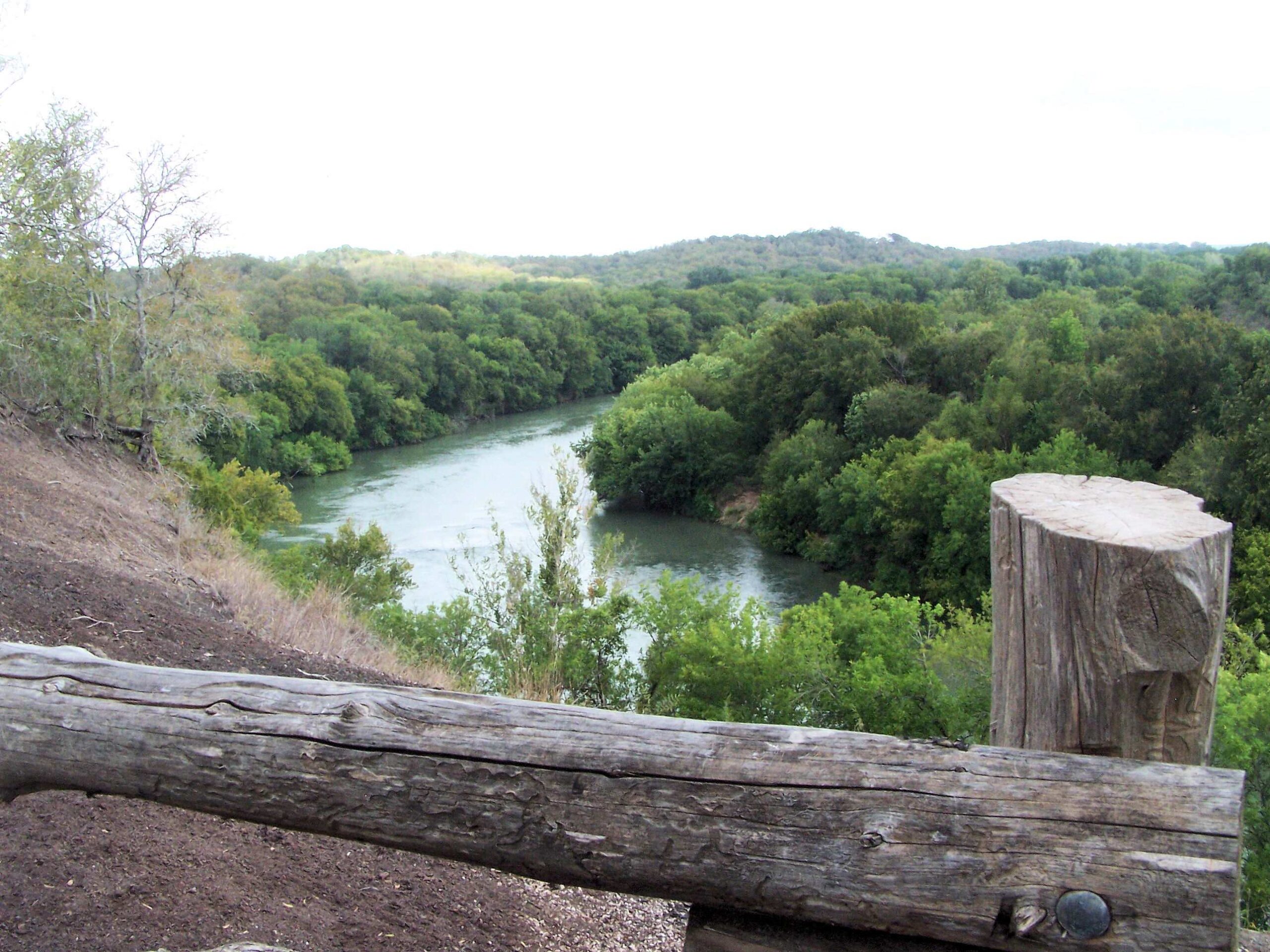Panther Rapid on the Colorado River is a challenging and exhilarating whitewater experience that attracts adventurers from around the world. Located in the heart of the Grand Canyon, this Class IV rapid offers a unique combination of technical difficulty and breathtaking scenery. Navigating Panther Rapid requires skill, preparation, and respect for the river’s power. This guide provides essential information for those planning to tackle this formidable stretch of the Colorado River.
What Are the Specific River Conditions at Panther Rapid?

Panther Rapid presents a formidable challenge to rafters and kayakers due to its unique characteristics:
- Water Flow: The flow rate at Panther Rapid can vary significantly, typically ranging from 8,000 to 25,000 cubic feet per second (CFS), depending on the season and dam releases.
- Rapid Classification: Panther Rapid is classified as a Class IV rapid, indicating a high level of difficulty with powerful, irregular waves, dangerous rocks, and boiling eddies.
- Water Temperature: The Colorado River’s water temperature at Panther Rapid averages between 50°F to 60°F (10°C to 15°C), necessitating proper thermal protection.
- Rapid Length: The main section of Panther Rapid extends for approximately 150 yards, with additional turbulent water downstream.
| Condition | Description |
|---|---|
| Class | IV |
| Length | ~150 yards |
| Avg. Temp | 50°F – 60°F |
| Flow Rate | 8,000 – 25,000 CFS |
How to Prepare for Panther Rapid?

Proper preparation is crucial for a safe and enjoyable experience at Panther Rapid:
- Physical Fitness: Ensure you’re in good physical condition, with strong swimming skills and upper body strength.
- Technical Skills: Practice advanced paddling techniques, including high-side maneuvers and rapid scouting.
- Equipment: Use a sturdy whitewater raft or kayak suitable for Class IV rapids, along with high-quality personal flotation devices (PFDs) and helmets.
- Guided Tours: Consider joining a professional guided tour for added safety and expertise.
- Weather Check: Monitor weather conditions and water levels before your trip.
What Safety Measures Are Essential for Panther Rapid?
Safety should be the top priority when navigating Panther Rapid:
- Mandatory Safety Gear: Wear a Coast Guard-approved PFD and helmet at all times.
- Communication: Establish clear hand signals and verbal commands with your group before entering the rapid.
- Scouting: Always scout the rapid from shore before attempting to run it.
- Rescue Equipment: Carry throw bags, first aid kits, and other rescue gear.
- Emergency Plan: Develop and communicate a clear plan for potential emergencies.
Where Can I Find Reliable Guides for Panther Rapid?
Several reputable outfitters offer guided trips that include Panther Rapid:
- Grand Canyon Whitewater
- Western River Expeditions
- OARS Grand Canyon Rafting
- Arizona Raft Adventures
These companies provide experienced guides, necessary equipment, and comprehensive safety briefings.
What Is the Best Time to Run Panther Rapid?
The optimal time to run Panther Rapid depends on various factors:
- Spring (March-May): Higher water levels due to snowmelt, offering more powerful rapids but colder temperatures.
- Summer (June-August): Warmer temperatures but potentially crowded conditions.
- Fall (September-November): Lower water levels, providing a technical challenge with milder weather.
- Winter (December-February): Limited commercial trips due to cold temperatures, but possible for experienced private groups.
How Does Panther Rapid Compare to Other Colorado River Rapids?
Panther Rapid is one of several notable rapids in the Grand Canyon section of the Colorado River:
| Rapid Name | Class | Notable Features |
|---|---|---|
| Panther | IV | Large waves, technical maneuvers |
| Lava Falls | V | Steepest drop, most challenging |
| Crystal | IV | Long, complex rapid |
| Hermit | IV | Big wave trains |
| Hance | IV | Rocky, requires precise navigation |
What Should I Know About Camping Near Panther Rapid?
For multi-day trips that include Panther Rapid:
- Designated Campsites: Use only authorized campsites along the river.
- Leave No Trace: Practice strict leave-no-trace principles to preserve the environment.
- Wildlife Awareness: Store food properly to avoid attracting wildlife.
- Permit Requirements: Obtain necessary permits for overnight stays in the Grand Canyon.
How Can I Capture My Panther Rapid Experience?
To document your adventure:
- Use waterproof cameras or action cameras secured to your helmet or raft.
- Consider hiring a professional photographer from your guiding company.
- Protect electronic devices in waterproof cases.
- Respect the environment and other rafters when filming or photographing.
Panther Rapid on the Colorado River offers an unforgettable whitewater experience. With proper preparation, respect for the river, and adherence to safety guidelines, adventurers can safely navigate this challenging rapid while enjoying the breathtaking beauty of the Grand Canyon. Whether you’re an experienced rafter or a first-timer on a guided tour, Panther Rapid promises an adrenaline-pumping journey through one of nature’s most impressive landscapes.
References:
1. National Park Service – Colorado River Management Plan
2. American Whitewater – Colorado River Grand Canyon
3. USGS Current Water Data for the Nation
4. Grand Canyon National Park – River Trip Planning Information

